Introduction
Ginseng, a renowned herbal remedy cherished for its myriad health benefits, has been a cornerstone in traditional medicine for centuries. Its adaptogenic properties make it a versatile supplement that can help balance the body’s responses to stress, enhance immune function, and improve overall vitality. However, to harness its full potential, it is crucial to understand the difference between fresh ginseng and dried ginseng, and how to discern high-quality specimens from inferior ones. This guide aims to provide a comprehensive understanding of both types of ginseng, detailing their unique characteristics, benefits, and methods for identification.

Understanding Fresh Ginseng
Fresh ginseng, often referred to as “white ginseng” or “uncooked ginseng,” is harvested directly from the field and consumed or processed shortly after. It typically has a lighter color and a moist, firm texture. Fresh ginseng is rich in natural enzymes and moisture, which contribute to its distinct taste and aroma. Here’s how to identify high-quality fresh ginseng:
-
Appearance: Fresh ginseng roots should have a smooth, even skin with minimal blemishes or scars. The color can range from light beige to pale yellow, depending on the variety and soil conditions. Avoid roots that are discolored, moldy, or have soft spots, as these are signs of spoilage.
-
Texture: When touched, fresh ginseng should feel firm and slightly moist. It should snap cleanly when broken, indicating freshness and a lack of internal moisture loss. Soft, mushy, or sticky roots are indicative of poor storage conditions or age.
-
Aroma: Fresh ginseng has a mild, earthy scent with a hint of sweetness. Strong, unpleasant odors suggest spoilage or improper handling.
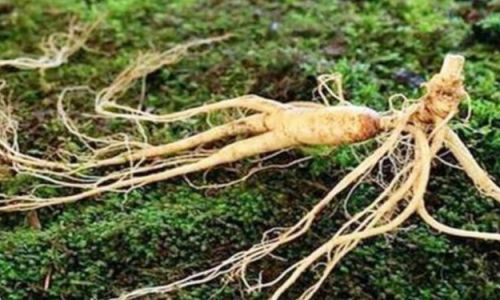
-
Roots and Branches: High-quality fresh ginseng will have well-formed main roots and smaller, evenly distributed branches (lateral roots). Avoid specimens with excessively large or misshapen roots, as they may indicate over-maturity or poor growing conditions.
-
Certification and Origin: Ensuring that your fresh ginseng is certified organic and sourced from reputable farmers or suppliers can provide an additional layer of quality assurance. The geographical origin can also influence the ginseng’s quality, with regions like Korea, China, and parts of North America being known for their superior ginseng.
Benefits of Fresh Ginseng
Fresh ginseng is praised for its immediate nutritional benefits due to its high moisture and enzyme content. It is believed to be more effective in enhancing energy levels, improving digestion, and supporting the immune system. Consuming fresh ginseng can also provide a more potent antioxidant effect, aiding in the fight against inflammation and oxidative stress.
Understanding Dried Ginseng
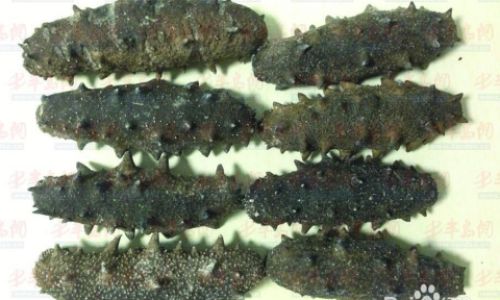
Dried ginseng, often called “red ginseng” or “cooked ginseng,” undergoes a process of steaming and drying to concentrate its active ingredients and alter its properties. This transformation gives dried ginseng a darker color, stronger flavor, and a more potent effect. Here’s how to discern high-quality dried ginseng:
-
Appearance: Dried ginseng should have a deep, even color ranging from reddish-brown to dark brown. The surface should be smooth and glossy, with no signs of mold, insects, or excessive cracking. High-quality dried ginseng will also have a well-preserved shape, with roots and branches intact.
-
Texture: Dried ginseng should be firm and slightly flexible, with a consistent moisture content. It should not be brittle or crumbly, as this indicates over-drying or poor handling. When broken, it should have a dense, fibrous interior with minimal hollow spaces.
-
Aroma and Taste: Dried ginseng has a stronger, more aromatic scent than fresh ginseng, often described as earthy with a hint of sweetness and bitterness. Its taste is also more intense, with a lingering, slightly bitter aftertaste. Avoid ginseng that smells musty or tastes overly harsh, as these are signs of poor quality.
-
Age and Processing: The aging process and method of drying can significantly affect dried ginseng’s quality. Older ginseng, especially those aged for several years, is considered more potent. Look for products that specify the aging period and processing method, as traditional steaming and drying techniques are believed to enhance its medicinal properties.
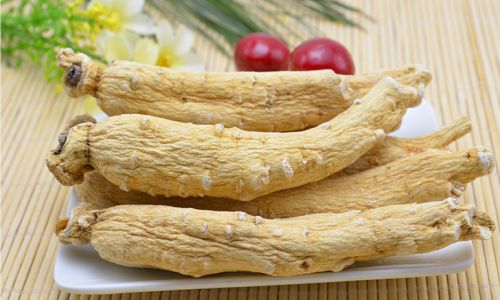
-
Certification and Origin: As with fresh ginseng, certification and origin are crucial. Choose dried ginseng that is certified organic and sourced from reputable suppliers. Korean red ginseng, in particular, is renowned for its high quality and traditional processing methods.
Benefits of Dried Ginseng
Dried ginseng is valued for its concentrated active ingredients and enhanced medicinal properties. It is believed to be more effective in treating chronic conditions, enhancing sexual function, and promoting longevity. The steaming and drying process also make it easier to store and transport, making it a popular choice for long-term use and supplementation.
Conclusion
Whether you choose fresh ginseng or dried ginseng, understanding how to discern high-quality specimens is essential to maximizing its health benefits. By examining appearance, texture, aroma, taste, and ensuring certification and origin, you can ensure that you are consuming a potent, effective, and safe ginseng product. Remember, the key to harnessing ginseng’s full potential lies in selecting the right type for your needs and ensuring its quality through careful identification. With this knowledge, you can confidently incorporate ginseng into your health and wellness routine, embracing its ancient wisdom for modern well-being.
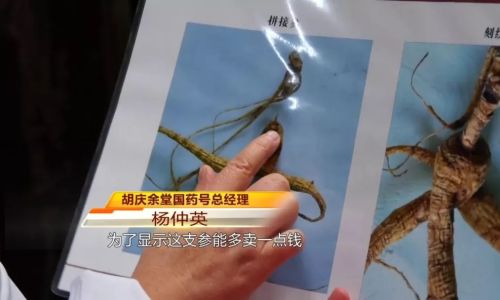
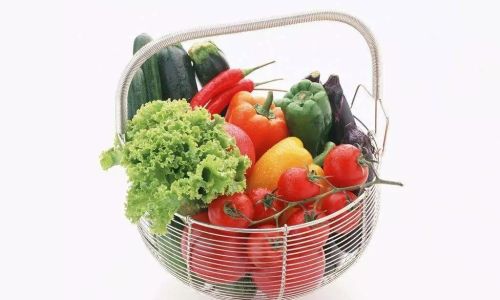
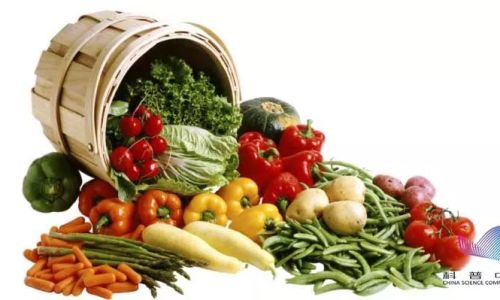
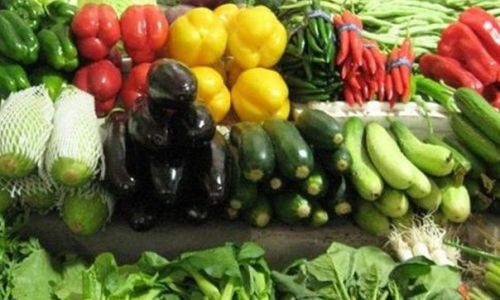
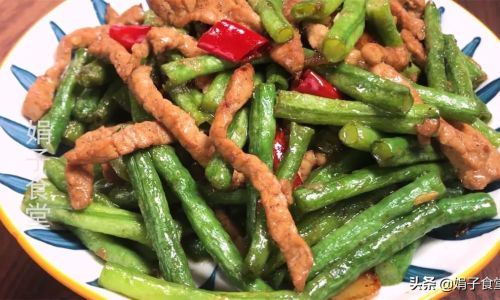
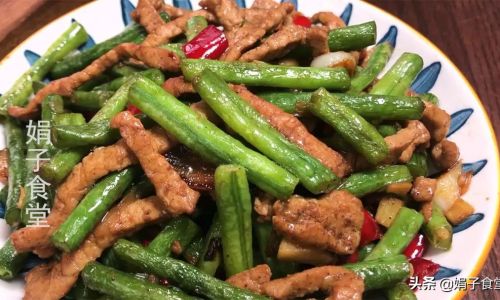
0 comments